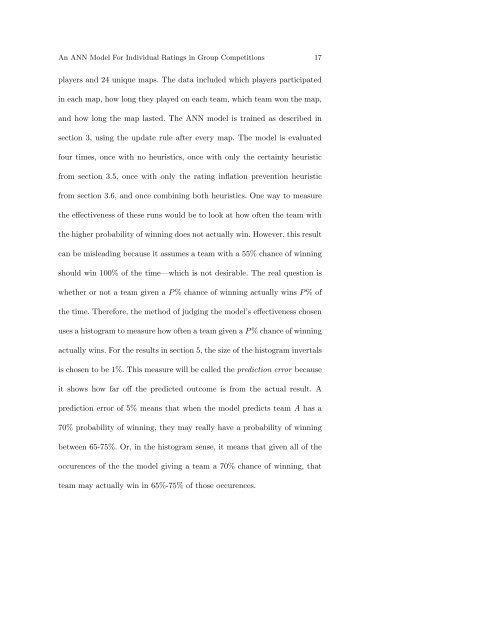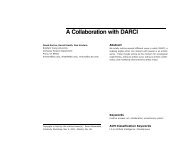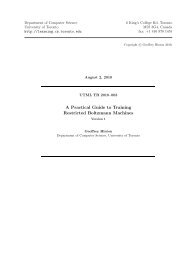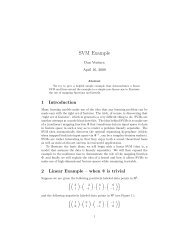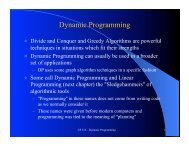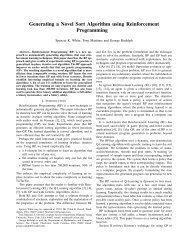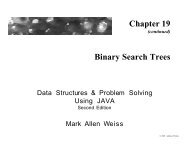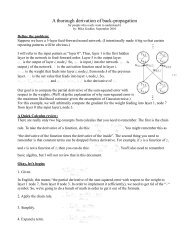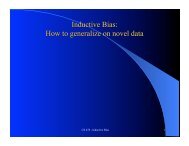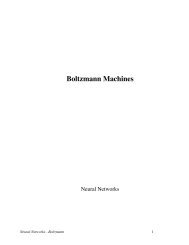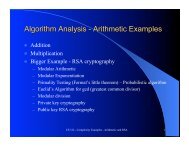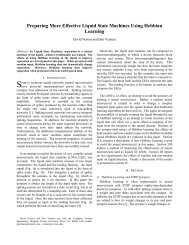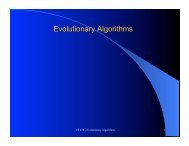A Bradley-Terry Artificial Neural Network Model for Individual ...
A Bradley-Terry Artificial Neural Network Model for Individual ...
A Bradley-Terry Artificial Neural Network Model for Individual ...
You also want an ePaper? Increase the reach of your titles
YUMPU automatically turns print PDFs into web optimized ePapers that Google loves.
An ANN <strong>Model</strong> For <strong>Individual</strong> Ratings in Group Competitions 17<br />
players and 24 unique maps. The data included which players participated<br />
in each map, how long they played on each team, which team won the map,<br />
and how long the map lasted. The ANN model is trained as described in<br />
section 3, using the update rule after every map. The model is evaluated<br />
four times, once with no heuristics, once with only the certainty heuristic<br />
from section 3.5, once with only the rating inflation prevention heuristic<br />
from section 3.6, and once combining both heuristics. One way to measure<br />
the effectiveness of these runs would be to look at how often the team with<br />
the higher probability of winning does not actually win. However, this result<br />
can be misleading because it assumes a team with a 55% chance of winning<br />
should win 100% of the time—which is not desirable. The real question is<br />
whether or not a team given a P% chance of winning actually wins P% of<br />
the time. There<strong>for</strong>e, the method of judging the model’s effectiveness chosen<br />
uses a histogram to measure how often a team given a P% chance of winning<br />
actually wins. For the results in section 5, the size of the histogram invertals<br />
is chosen to be 1%. This measure will be called the prediction error because<br />
it shows how far off the predicted outcome is from the actual result. A<br />
prediction error of 5% means that when the model predicts team A has a<br />
70% probability of winning, they may really have a probability of winning<br />
between 65-75%. Or, in the histogram sense, it means that given all of the<br />
occurences of the the model giving a team a 70% chance of winning, that<br />
team may actually win in 65%-75% of those occurences.


